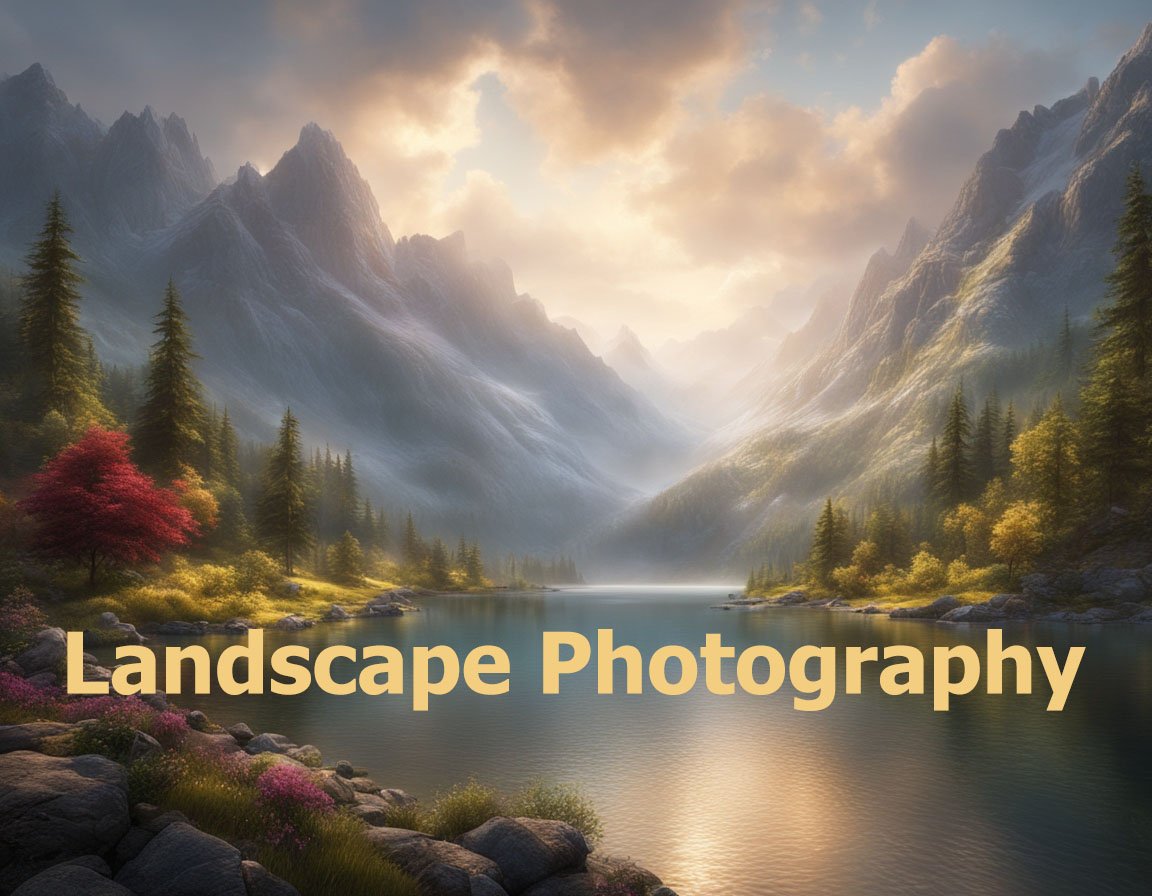The Allure of Night Photography
Night photography offers a unique opportunity to capture landscapes in a way that is often overlooked during the day. The tranquil beauty of the night, illuminated by stars and moonlight, creates an ethereal atmosphere that can transform a familiar scene into something magical. The challenge of working with low light conditions can be daunting, but with the right techniques and equipment, photographers can create stunning images that evoke emotion and wonder.
Essential Equipment for Night Photography
To embark on your night photography journey, having the right equipment is crucial. A camera that allows for manual settings, such as a DSLR or mirrorless camera, is ideal. A sturdy tripod is essential to avoid camera shake during long exposures, which are common in low-light conditions. Additionally, a wide-angle lens can capture more of the night sky and the landscape below. Many photographers also use a remote shutter release or timer to further reduce the risk of camera movement.
Another important tool is a good flashlight for navigating dark environments and adjusting settings on your camera. Extra batteries are advisable, as cold temperatures can drain battery life more quickly than usual. Finally, a lens with a wide aperture (f/2.8 or wider) can help capture more light and reduce exposure times.
Mastering Camera Settings
Understanding how to manipulate your camera settings is key to successful night photography. Start with a low ISO setting to minimize noise in your images, but be prepared to increase it if necessary. A common starting point is ISO 800, but experimenting with higher settings can yield different results.
A longer exposure time is typically required to gather enough light. Shutter speeds can range from a few seconds to several minutes, depending on the ambient light and desired effect. Use the bulb mode for exposures longer than 30 seconds, allowing you to control the duration manually. Aperture settings should be adjusted according to the scene; a wider aperture captures more light but may reduce depth of field, while a smaller aperture increases depth of field but requires longer exposure times.
Choosing Your Composition
Like daytime photography, composition is fundamental in night photography. Look for interesting foreground elements that can add depth to your images, such as trees, rocks, or water. Incorporating leading lines can guide the viewer’s eye through the scene. The rule of thirds still applies; position your main subjects along the lines or at their intersections for a balanced composition.
When photographing the night sky, consider the placement of stars and the Milky Way. Finding a location with minimal light pollution is essential, as it enhances the visibility of celestial bodies. Use apps or star charts to plan your shoot, identifying the best time to capture the stars in their fullest glory.
Utilizing Light Sources
Incorporating artificial light sources can add an intriguing element to your night landscapes. Light painting is a popular technique where you can illuminate parts of the scene using a flashlight or other portable light source during a long exposure. This can create dramatic effects and highlight specific features that may otherwise be lost in darkness.
Natural light sources, such as the moon or nearby city lights, can also enhance your compositions. Moonlight can cast shadows and illuminate landscapes in a soft glow, while city lights can provide a contrasting backdrop to the stars. Be mindful of how these light sources interact with your composition to ensure they enhance rather than detract from the overall image.
Post-Processing Techniques
Once you’ve captured your night photographs, post-processing can help bring your vision to life. Software like Adobe Lightroom or Photoshop allows you to fine-tune exposure, contrast, and color balance, enhancing the details in both the night sky and the landscape. Noise reduction tools can help smooth out any graininess caused by high ISO settings, while sharpening can bring out the details in your images.
Consider adjusting the white balance to capture the true colors of the night sky. Many photographers prefer a cooler tone to emphasize the blues and purples of the night, while others may opt for warmer tones to create a more inviting atmosphere. The key is to find a balance that reflects your artistic vision.
Conclusion: Embracing the Night
Night photography is a rewarding and challenging endeavor that allows photographers to explore the beauty of landscapes under the stars. With the right equipment, knowledge of techniques, and a creative approach to composition and light, stunning images can be captured that resonate with viewers. As you embrace the night and venture into the darkness, remember that patience and practice are essential to mastering this captivating art form. The stars await your lens, ready to be immortalized in breathtaking landscapes.


